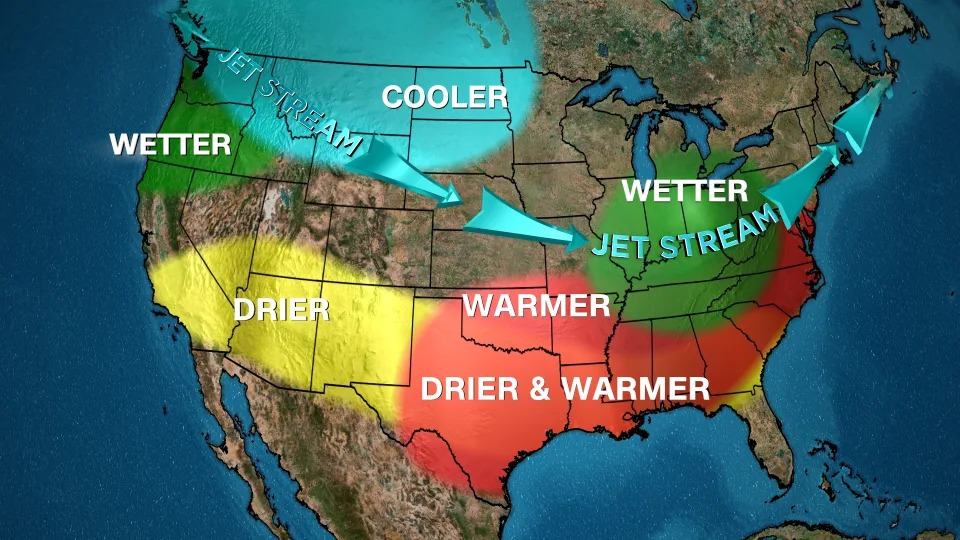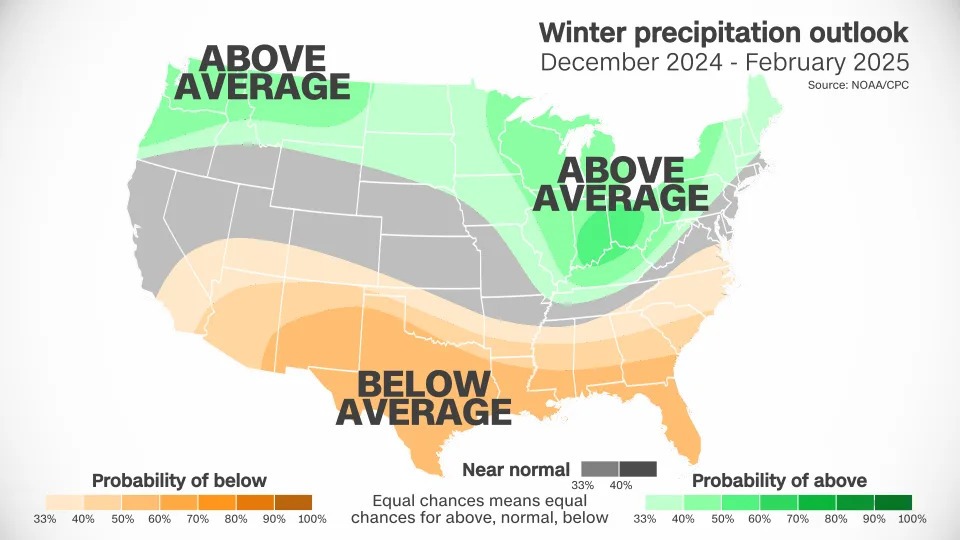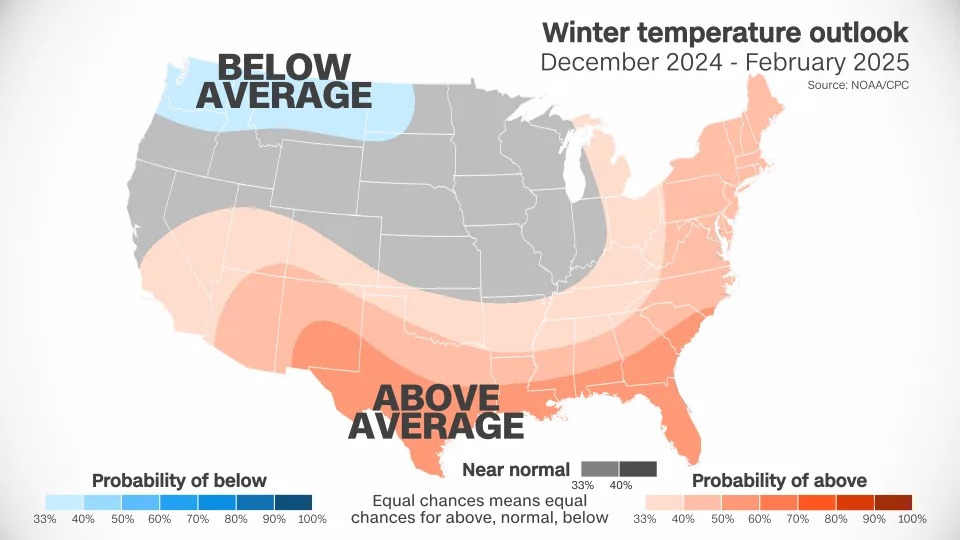
As the crisp autumn air settles over the United States, a chilling forecast looms on the horizon: a La Niña winter. This natural climate phenomenon, characterized by cooler-than-average ocean temperatures in the equatorial Pacific, is set to influence weather patterns across the nation. But what does this mean for snow lovers, drought-stricken regions, and those simply seeking a predictable winter?
Understanding La Niña
La Niña, the counterpart to El Niño, is a cyclical climate pattern that can significantly impact global weather. Its effects are most pronounced during the winter months in the Northern Hemisphere, where it can influence temperatures, precipitation, and, consequently, snowfall. Unlike the warm, wet winters often associated with El Niño, La Niña typically brings cooler temperatures and altered precipitation patterns.

A Different Winter
Last winter, dominated by El Niño, was the warmest on record for the Lower 48 states. This unusual warmth prevented many heavy snow events and created a winter snow drought. However, the arrival of La Niña promises a stark contrast. While the exact strength of this year’s La Niña remains uncertain, current forecasts suggest a weaker event.

Potential Impacts
While the specific impacts of La Niña can vary, certain trends are commonly observed. The jet stream, a river of air that storms flow through, often shifts northward during La Niña winters. This can result in increased precipitation in the northern US, including parts of the Pacific Northwest, Midwest, and Northeast. However, this doesn’t guarantee more snow; temperatures must also be cold enough for precipitation to fall and accumulate as snow.

Regional Variations
- Northeast: A weaker La Niña could potentially lead to more snow in the Northeast. However, warmer temperatures in some regions could limit snowfall.
- Midwest: Increased precipitation and a mix of colder and warmer temperatures could result in a varied winter season.
- South: Drier and warmer conditions are expected, which could exacerbate drought conditions in some areas.
- West: Wetter and cooler conditions are possible, especially in the Pacific Northwest, which could benefit snowpack and water resources.
As the winter season approaches, it’s essential to stay informed about the potential impacts of La Niña. While the exact weather patterns remain uncertain, understanding this climate phenomenon can help individuals and communities prepare for the challenges and opportunities it may bring.

Leave a Reply